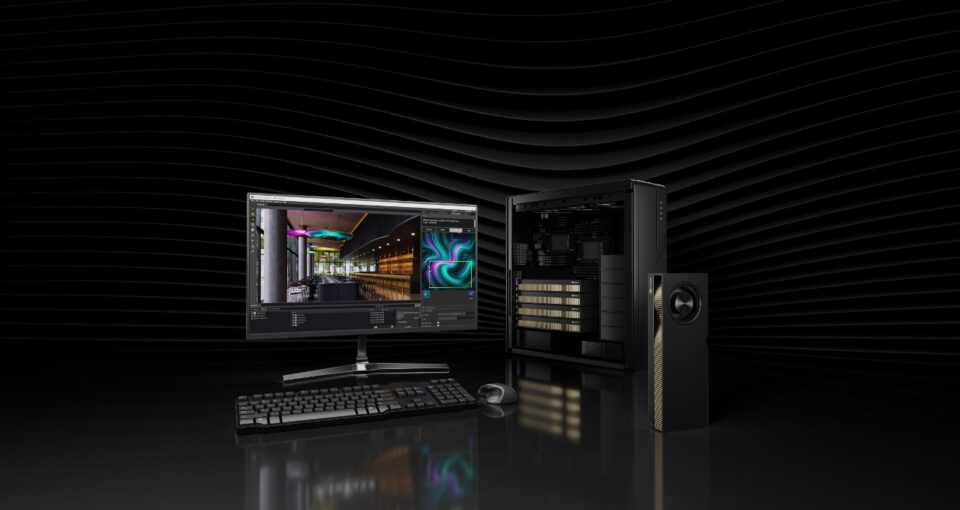
The NVIDIA RTX PRO 5000 72GB Blackwell GPU is now generally available, bringing robust agentic and generative AI… Read Article

The NVIDIA RTX PRO 5000 72GB Blackwell GPU is now generally available, bringing robust agentic and generative AI… Read Article
The Hao AI Lab research team at the University of California San Diego — at the forefront of pioneering AI model innovation — recently received an NVIDIA DGX B200 system… Read Article
NVIDIA today announced it has acquired SchedMD — the leading developer of Slurm, an open-source workload management system for high-performance computing (HPC) and AI — to help strengthen the open-source… Read Article
Unveiling what it describes as the most capable model series yet for professional knowledge work, OpenAI launched GPT-5.2 today. The model was trained and deployed on NVIDIA infrastructure, including NVIDIA… Read Article
As the scale and complexity of AI infrastructure grows, data center operators need continuous visibility into factors including performance, temperature and power usage. These insights enable data center operators to… Read Article
The world’s top-performing system for graph processing at scale was built on a commercially available cluster. NVIDIA last month announced a record-breaking benchmark result of 410 trillion traversed edges per… Read Article
The top 10 most intelligent open-source models all use a mixture-of-experts architecture. Kimi K2 Thinking, DeepSeek-R1, Mistral Large 3 and others run 10x faster to enable one-tenth the cost per… Read Article
Today, Mistral AI announced the Mistral 3 family of open-source multilingual, multimodal models, optimized across NVIDIA supercomputing and edge platforms. Mistral Large 3 is a mixture-of-experts (MoE) model —… Read Article
At AWS re:Invent, NVIDIA and Amazon Web Services expanded their strategic collaboration with new technology integrations across interconnect technology, cloud infrastructure, open models and physical AI. As part of this… Read Article